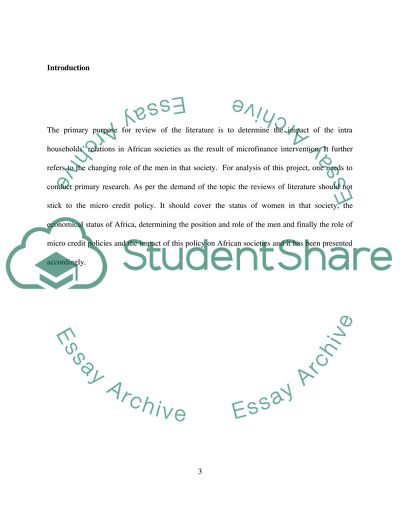Cite this document
(“Microcredit Essay Example | Topics and Well Written Essays - 1500 words”, n.d.)
Retrieved from https://studentshare.org/miscellaneous/1568407-microcredit
Retrieved from https://studentshare.org/miscellaneous/1568407-microcredit
(Microcredit Essay Example | Topics and Well Written Essays - 1500 Words)
https://studentshare.org/miscellaneous/1568407-microcredit.
https://studentshare.org/miscellaneous/1568407-microcredit.
“Microcredit Essay Example | Topics and Well Written Essays - 1500 Words”, n.d. https://studentshare.org/miscellaneous/1568407-microcredit.


